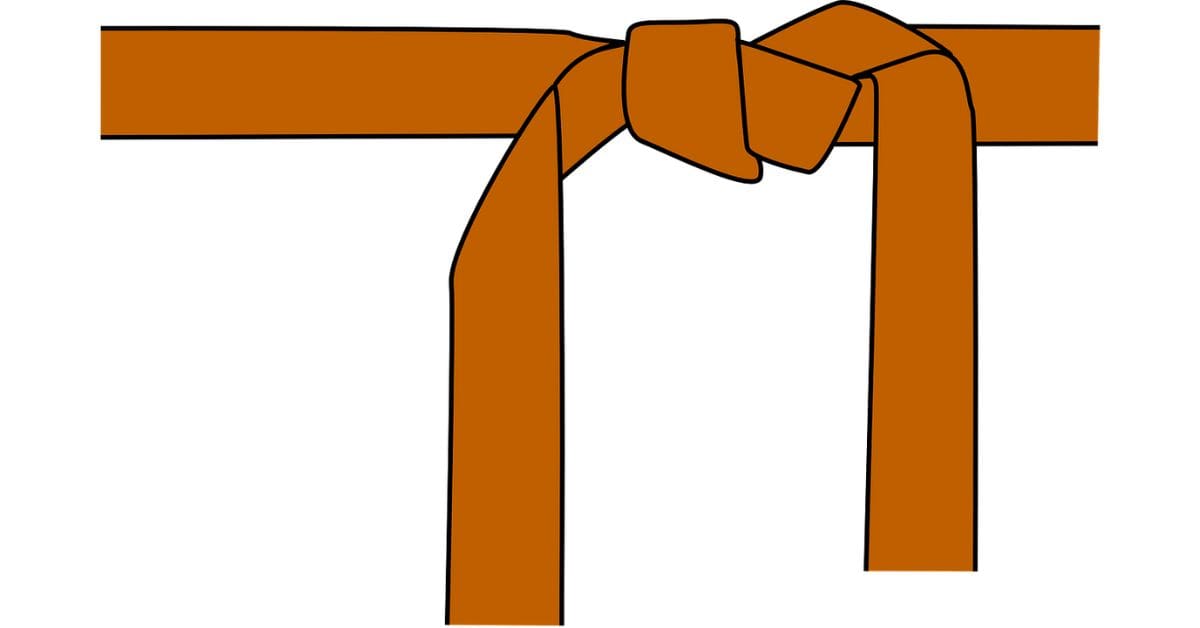Advancing through the belt system—can be a tangible goal and purpose for many BJJ trainees. It can fuel someone’s desire to continue training, which is why the belt system exists.
Before 1967, there were only two colored belts, blue and white. White was all the trainees and the instructors—while the blue remained for the professors. Later in this article, we’ll see when you get the prestigious rank of Professor in our times.
BJJ’s belt system was created so the trainee could see concrete, evident progression. First, the trainees start with the most basic belt, white. Then, once the trainee advances to the following belts, one can see oneself truly having progressed, which is an effective way to fuel one’s willpower and motivation.
Imagine training for 20 years and still being a white belt. Naturally, you wouldn’t be as inclined to continue your training if you’re not a big fan of ground grappling. But, on the other hand, if you can see yourself progressing more and more, your motivation resources are sure to fuel up.
Eventually, without the belt system, people would remain stuck in the same spot. As a result, they would not be as inclined to continue their training. That’s why all martial arts include such a system.
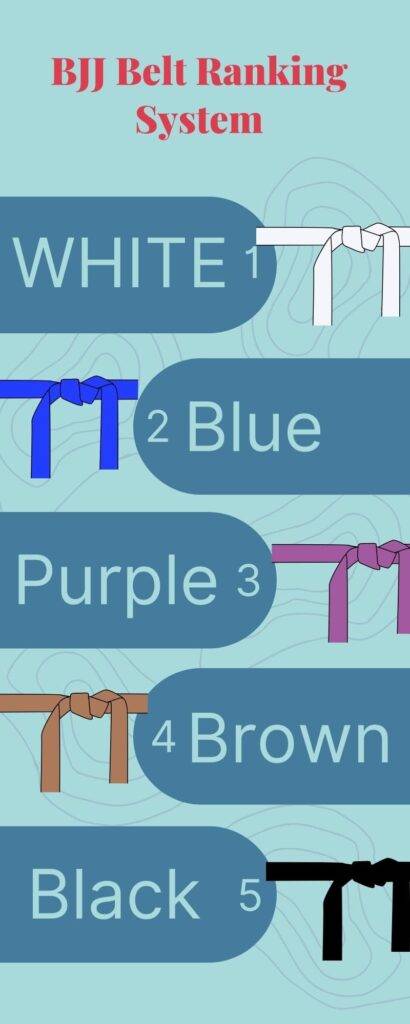
Now, let’s begin with the first color, white.
White
When you first roll (no pun intended) to your new BJJ gym, you’ll get a white-colored belt with a Gi. Some BJJ schools go as far as giving the white belt to trainees who do No-Gi BJJ. They aim to keep their students humble, even when winning against more advanced trainees.
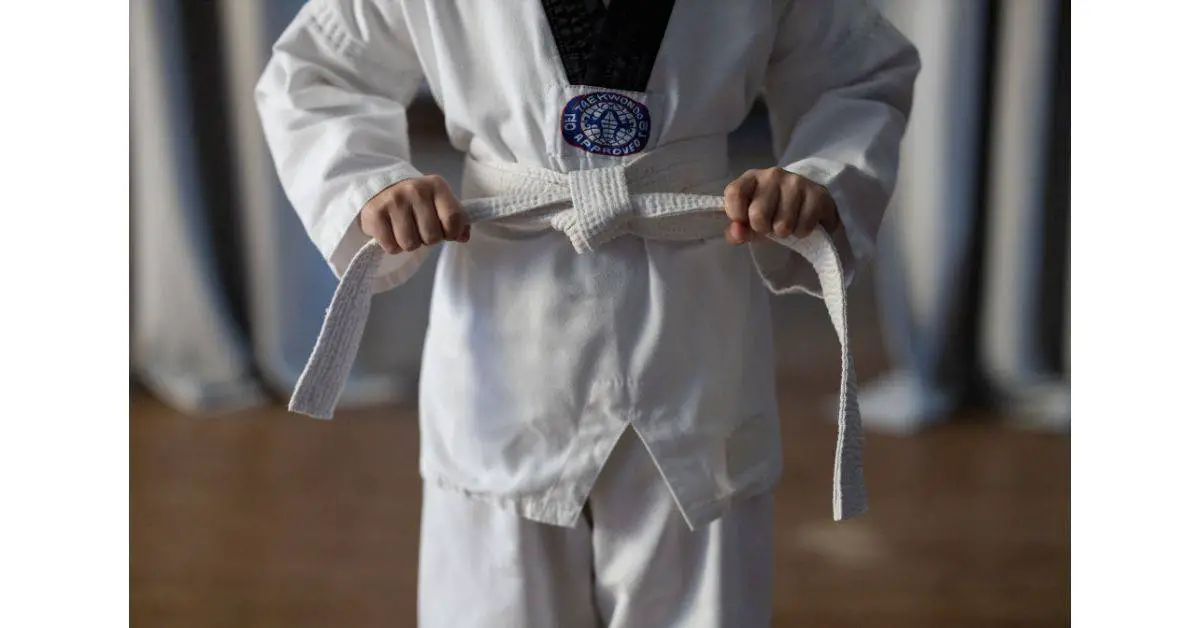
The color white represents a fresh beginning. Almost all martial arts have the white belt included in their belt system. Brazilian Jiu-Jitsu is no different.
Typically, you remain a white belt for about a year into training. Then, once you have learned the foundation, you can progress to the next belt.
The white belt is also called the foundation (primary) belt. You’ll see a wide variety of white belts, some novices and some already familiar with the basics of ground grappling.
BJJ masters believe it to be the most important belt, as it’s when you begin your training. Without it, there wouldn’t be any fresh starts. Martial arts experts refer to it as the reborn phase of the trainee. While going through it, the trainee will understand the importance of Jiu-Jitsu and will focus on learning the basics.
If you want to learn how to avoid quitting when you’re a white belt while attaining the blue belt faster, follow this link.
Blue
Next up, we have the blue belt. Once you have learned the basic BJJ moves and become comfortable with them—you can advance to the next color.
The blue belt is where, more often than not, the BJJ trainee learns most of the techniques one will ever learn. A minimum of 2 years in the blue belt is required before progressing to the following color. Honestly, it is when most trainees quit, as the process is now longer than most expect.
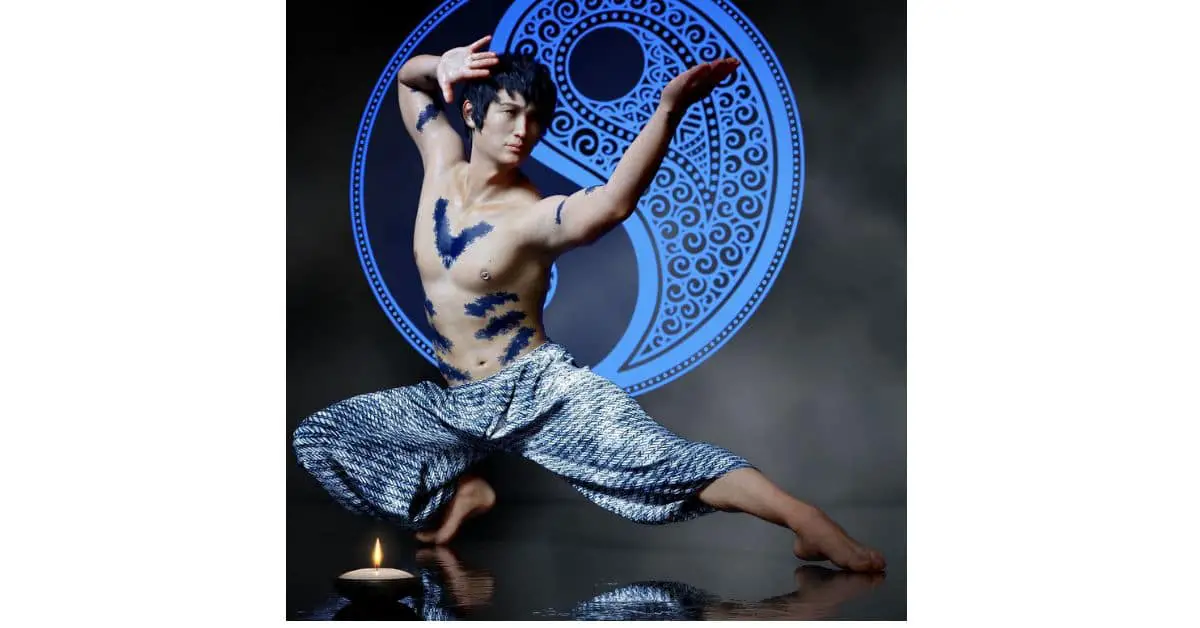
Unlike the white rank, the blue belt includes 4 degrees or stripes. These stripes differentiate between the many trainees on their way to progress to the next belt. That is a fantastic method to keep your trainees motivated and hungry for progression.
Additionally, you must be 16 before progressing to the blue belt. So, the youth have a different belt system, which we’ll go over later in the article.
Regardless of the stripes you can attain while in the blue belt, some BJJ schools include another belt between this and the one following it. As a result, practitioners are less likely to quit in that stage, as they have another purpose, which seems close by.
Follow this link if you want to not quit during the blue belt phase.
Nevertheless, let’s advance to the next color in line.
Purple
Now that you have mastered the basics and learned most of the moves you’ll ever know, it’s time to progress to the next color: purple.
The purple belt is the 3rd color in line and is considered the longest in BJJ’s system. While official guidelines recommend that trainees spend at least 18 months in it, some trainees don’t progress until they’ve spent 5 years in it. So yes, 3-5 years is what most trainees spend before progressing to the next color.
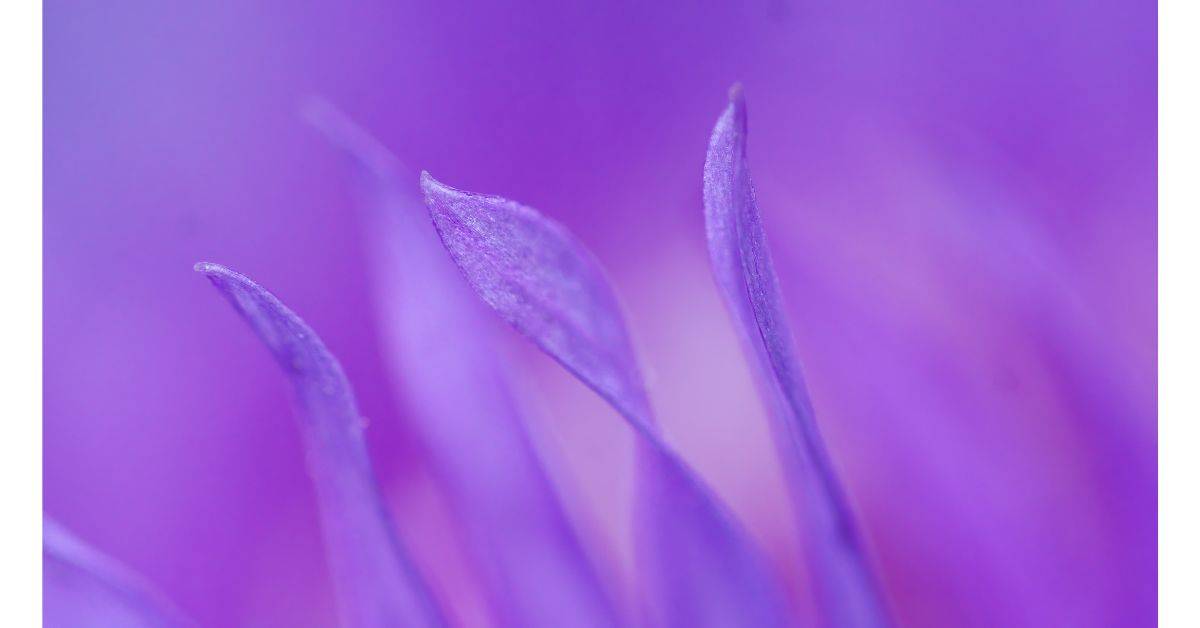
It, like the blue belt, has 4 stripes. Again, it lets the trainees know some progression is close-by. Thus, it’s much easier to remain consistent with this martial art. That stage is where trainees are less likely to quit, as BJJ training is already a deeply ingrained habit.
To progress from the blue to the purple belt, you must be at least 16. We’ll review the youth’s BJJ belt system later in the article.
If you’re a purple belt, you know how to fight and do so aggressively. When you’re a blue belt, you’re less likely to be competent in using what you learned perfectly. However, when you’re a purple belt, you can instruct white and blue belts, which is a fantastic improvement.
You’re ready to progress to the next belt if you have been consistent and dedicated with training. Spoiler alert, it’s the one before black!
If you want to learn more about what you want to focus on as a BJJ purple belt, follow this link.
Brown
You know how to fight fiercely now that you’re in this stage. You have become proficient at the basic and advanced techniques. Likewise, you’re capable of instructing the new trainees, which is, indeed, a respectful feat.
On average, it takes around 8 years to reach the brown from the white belt. More often than not, the trainees quit before achieving that feat. If you’re among the few who have reached it, congratulations; you’ve done something amazing here.
I truly mean it; I don’t have the numbers. But I know that most Jiu-Jitsu trainees quit before giving it their all. So, as a result, you should be proud of yourself if you have gotten thus far.
Officials recommend spending at least a year before attaining the prestigious black belt. As a result, you’ll have enough time to learn and prepare for the final test.
The time you spend in the brown belt is time for refining techniques. Once you attain the black belt, you should have perfected your basic and advanced capabilities. Of course, you won’t master all the techniques, but some.
Before progressing to the brown belt, you must be at least 18. Yet again, if you’re not, we’ll discuss what that means for you later in the article.
In most martial arts, brown symbolizes a mountain, a climb. Thus far, you have started from the bottom and grown to a respectable level. You’re like a mountain that rises far above the ground. Be proud of yourself, as what comes next is one of the best feats in martial arts.
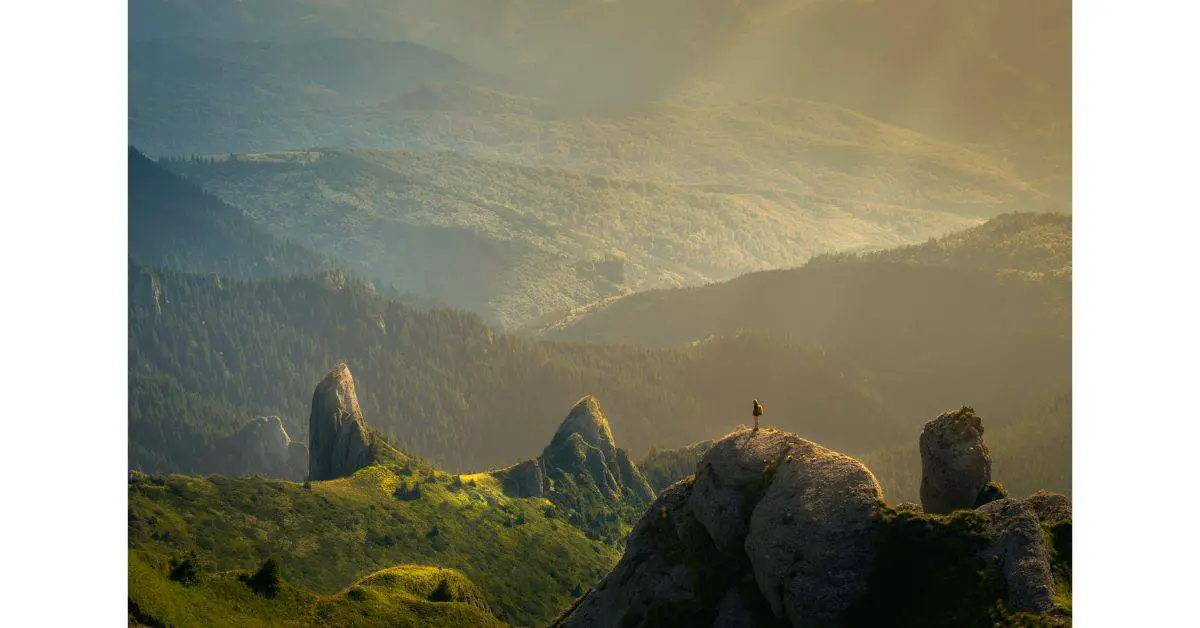
Follow this link to learn how to progress quickly from the brown to the BJJ black belt.
Black
Now, let’s examine what many BJJ practitioners consider as their final goal: the black belt. The trainees who ensured their spot in such a place—are the ones who dedicated a portion of their lives to the art of ground grappling.
They’re the ones who rose above everyone who gave up and remained consistent when things got complicated. Such a feat—is one of the most desirable in the entire world of martial arts.
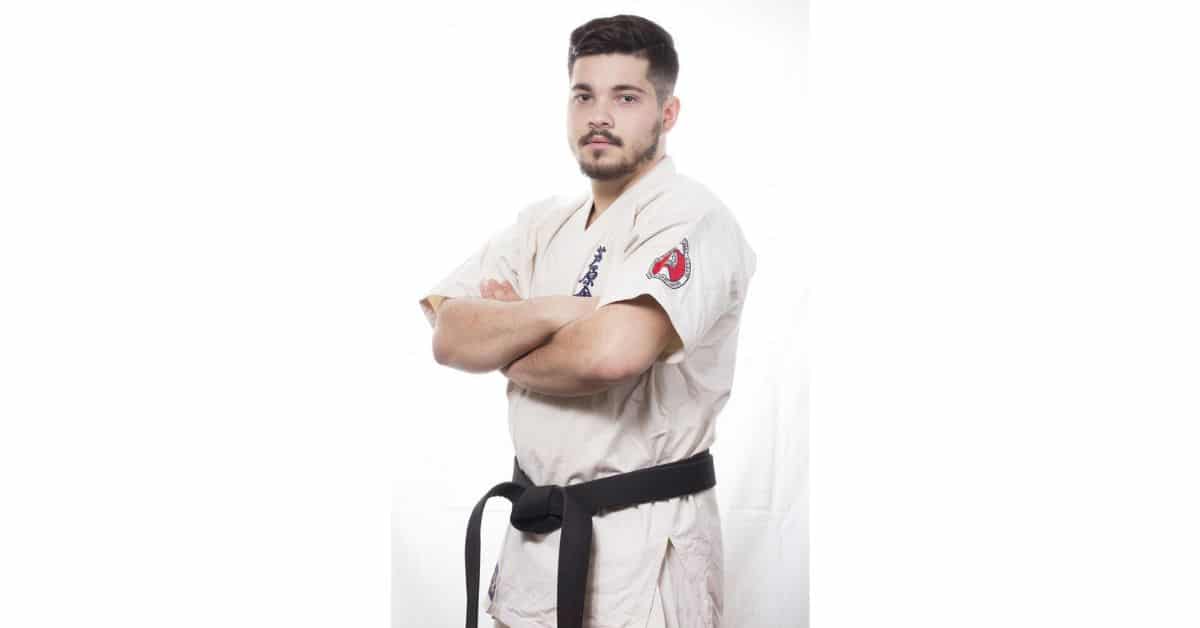
You know how to fight effectively if you attained the BJJ black belt. However, throughout your training years, you have grasped all the knowledge and values from all your previous lessons—and become an entirely different person.
You have also gotten plenty of mental and physical benefits, such as increased confidence and higher self-esteem. As a result, you’re a different person who can also disable an opponent in seconds.
On average, it takes 10 years to attain the black belt from when you first rolled (again, no pun intended) into your BJJ gym.
As we’ll see later, the black belt has a few styles, such as a red bar and a clean belt. Most BJJ schools that grant the black belt do so with a red bar.
If you want to learn more about the black belt, follow this link!
Black belt – Professor
Alright, you may be confused. Is the term professor used in martial arts? Well, it’s not what you may think. The term Professor is a teacher in Portuguese. So, as a result, it’s not as fancy as you may think.
And still, the trainees who attain the black belt—are called Professors rather than other terms you may have heard of, such as Sensei or Coach.
Of course, each BJJ Professor will prefer a different name, so make sure to find out that before your training. For example, I’ve seen a brown belt instructing a class once. And the trainees can’t call him a Professor. So instead, they use names such as Coach or Mr. (last name).
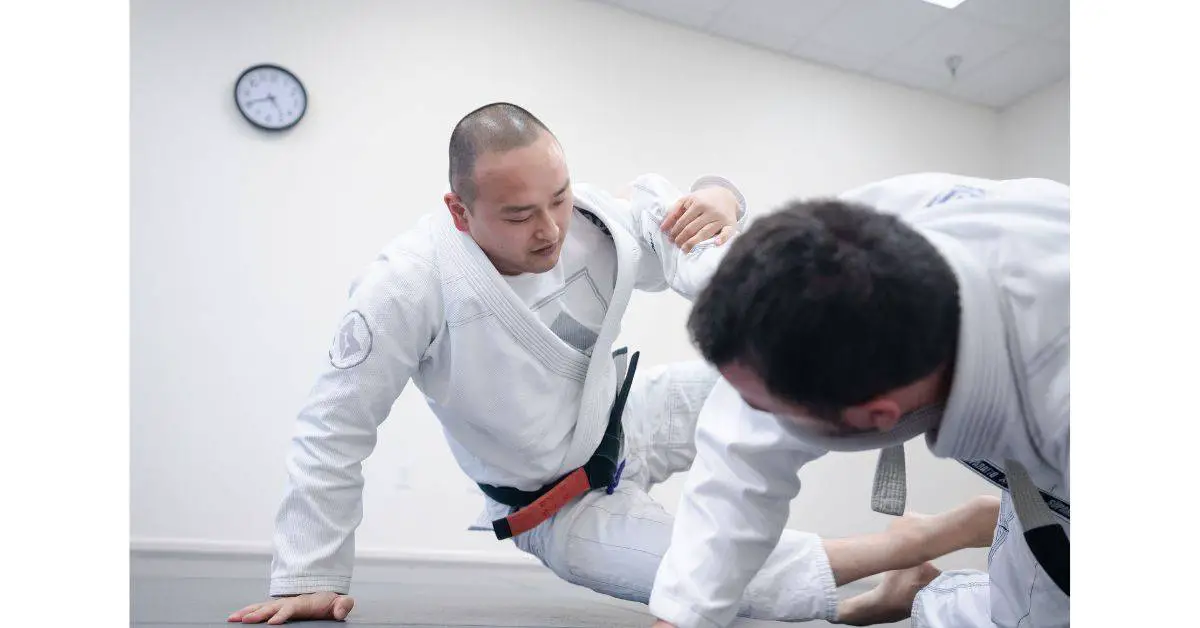
So, once you attain the black belt, trainees refer to you as Professor. But you can choose whichever name is comfortable for you!
Coral
Now that you’re a professor, you can keep on training in Brazilian Jiu-Jitsu. However, your progression rate through the different colors—will be much slower.
The coral belt is named after the coral snake. What’s unique about it is that it rarely bites. However, once the coral snake bites you, your chances of surviving—are slim.
Now that you have progressed through the six degrees of the black belt, you can call yourself a proud owner of the coral belt. But, unfortunately, it’ll likely spend more than double what you have spent thus far to progress through the six black belt degrees.
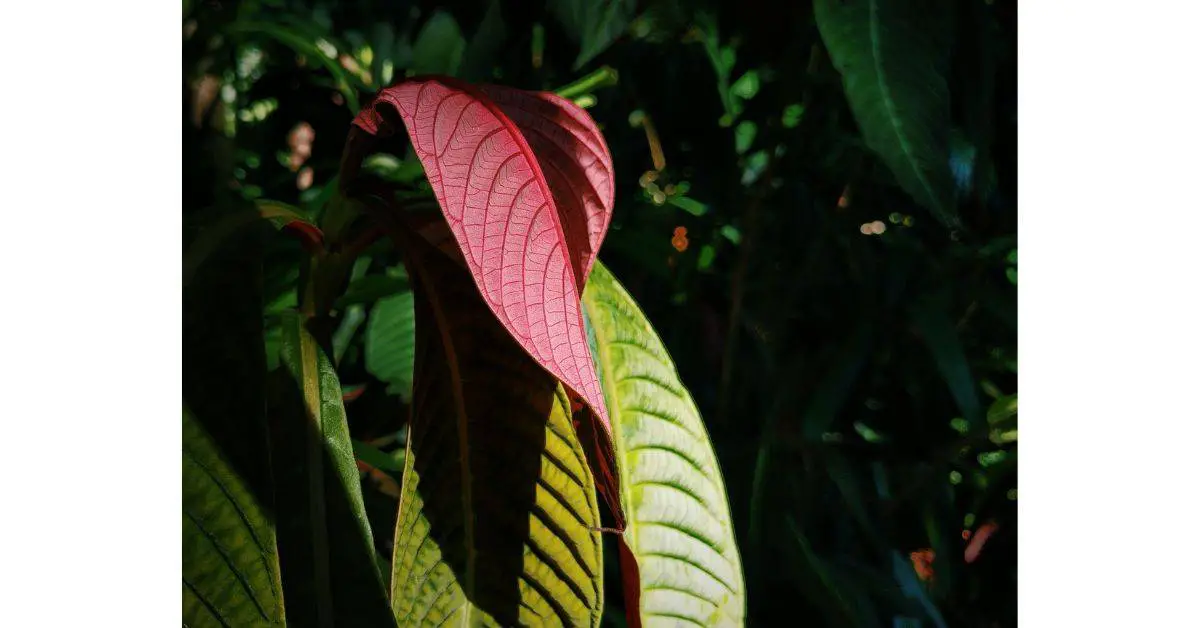
Few people have reached the coral belt rank in BJJ. But, if you did, you’re an extremely influential person—who impacted the lives of many of your trainees.
After you receive your coral belt, you’ll train for approximately ten more years. So now, let’s see what you’ll get to.
Learn more about the Coral Belt and how long it takes to achieve it by following this link!
Grandmaster
The number of people who have reached the grandmaster rank in BJJ—is slimmer than you may think. According to Gracie University, you must train, teach, and learn the art of ground grappling for about 50 years before attaining the almost impossible rank.
So, you can imagine how many people have invested their lifetimes into ground grappling. Indeed, it’s one of the most impressive feats in the entire martial arts world.
The number of people who are black belts in Jiu-Jitsu—is slim. However, the number is enormous compared to the number of trainees who have attained the GM rank.
Grandmasters wear a red belt, a sign of enormous achievement. They have, indeed, dedicated their entire lifetimes to the art of ground grappling. In addition, they’ve trained and taught the art of BJJ for about 50 years before even being considered to qualify for such a rank.
Learn more about Grandmasters in BJJ by following this link!
BJJ Youth Belt Ranking System
As I’ve mentioned throughout this article, you must be at least 16 years of age to progress through the belt system. However, many classes are specifically designed for the youth, and thus, their belt system will also be different.
The following list is the order of the BJJ youth belt ranking system:
- White
- Gray
- Yellow
- Orange
- Green
Of course, each martial art gym has its nuances. For example, some BJJ gyms include a striped white and gray colored belt after the first one. As a result, the children will feel as if there’s more to achieve, as there will be more to pursue.
Final words
To end this article, I want to show my appreciation to the belt ranking system in all martial arts. Back when they didn’t have belts, it was much harder to remain consistent without a solid purpose.
Now, BJJ trainees can treat training like a game. Their goal is to progress, and that’ll be their purpose. Of course, if you can have another external reasoning for you doing martial arts—you’ll be even better.
If you want to reach your color goal, it’ll be best if you choose a purpose and let it fuel you every time you’re feeling low. For example, many trainees decide to pursue learning self-defense. As a result, they have another external motivation source, making them more consistent and dedicated to training.
If you enjoyed reading this article and want to progress faster through the belt system, follow the link to read about the best tips to progress faster in your BJJ journey.

